Florence, the cradle of the Renaissance and Tuscan capital, is a fantastic city. No wonder the whole of central Florence is actually a UNESCO World Heritage Site. The palaces, the medieval streets, the Italian way of life… Visiting the city’s many sights is a real task. It’s best to bring a few days with you. But it also costs money! Sure, some things simply have to be seen, entrance fee or not. But at some point you want to give your wallet a break and invest the next few euros in an ice cream or a pizza.
And yet you can experience so much in Florence without straining your budget. Here are the best tips for money-saving moments in life. And most of them are completely free.
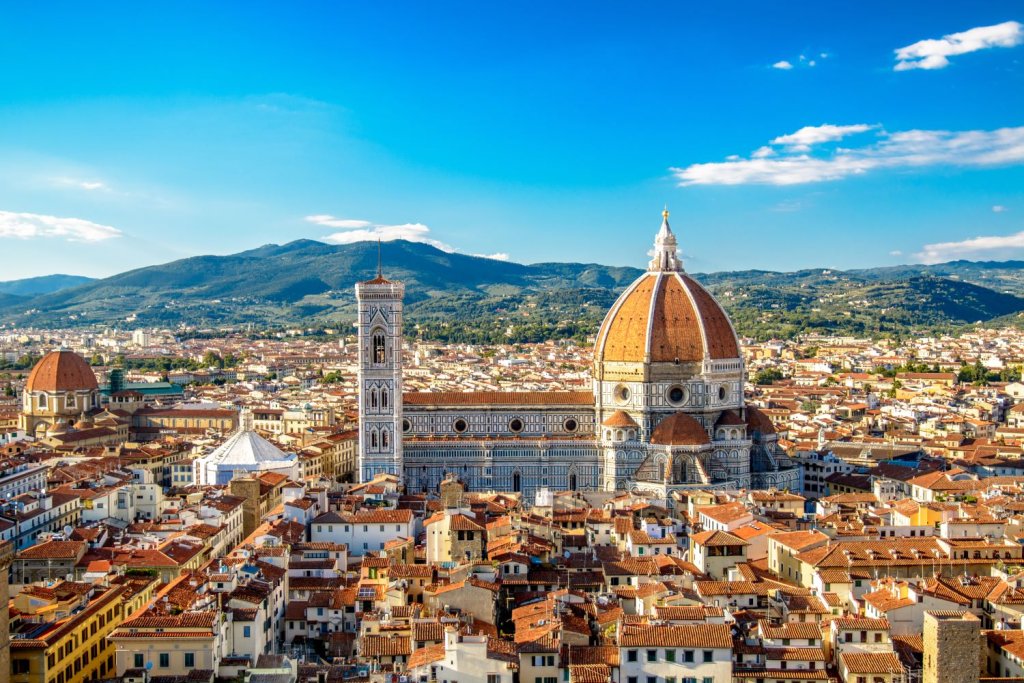
Let’s start with the countless churches of Florence. Of course, churches in many places are richly decorated and real eye-catchers. But in Florence, the birthplace of the Renaissance, this is on a completely different level. World-famous painters such as Michelangelo and Donatello designed the interiors of these churches – a league of their own. And a lot of them have free entry, actually.
Please note that when visiting churches – like all forms of places of worship – you should dress appropriately. As a rule, this means covering your shoulders and knees, avoiding sandals if possible and removing headgear and sunglasses indoors.
Florence Cathedral, actually Catedrale di Santa Maria del Fiore, is the most famous sight in Florence and a must-see when visiting the city. It’s a good thing that admission to the cathedral itself is actually free. The cathedral complex consists of six buildings – all well worth seeing – and you actually have to buy a ticket for five of them. Not so for the interior of the cathedral itself. If you simply walk through the right-hand door at the front, you’ll find equestrian paintings from the 15th century and a breathtaking view of the Brunelleschi dome.
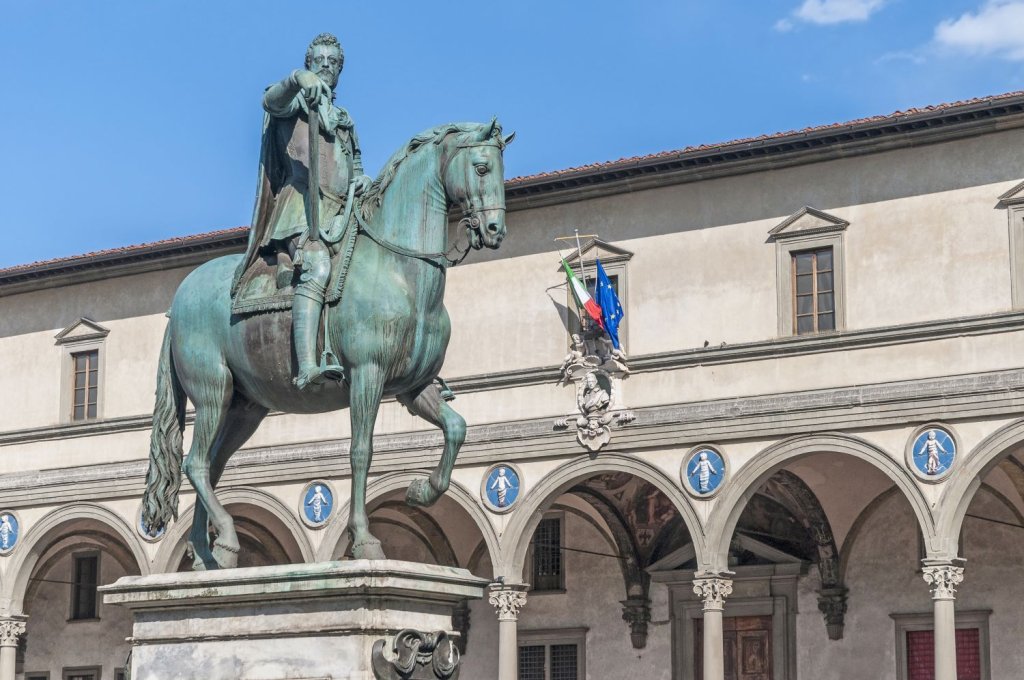
Among the many churches in Florence, Orsanmichele is something truly special. Its location in the centre of a busy shopping street and its shape – it is cube-shaped and has three floors – indicate that this building was not originally a church. Rather, it was a granary that was later converted into a church. You can even recognise the Gothic architectural style in the bricked-up windows. The decoration of the church was the responsibility of the guilds of Florence. And they didn’t hold back – the aim here was to present their own guild better, more beautifully and more richly. The competition resulted in a unique collection of artefacts and church decorations. Admission to the Orsanmichele church is free, but you will need to buy a ticket for the museum.
This basilica was founded in 1250 and is interesting for art lovers. Mannerist paintings by the painters Rosso Fiorentiono, Jacopo Pontormo and Andrea del Sarto can be seen in the forecourt. The basilica is particularly famous for the fresco of the Annunciation – begun by a monk in 1252, finished by an angel … or so the legend goes. But the other frescoes in this church are also a real feast for the eyes. The interior is rather dark, but it is worth taking a closer look. Also visit the “Cloister of the Dead” – so called because the cloister was actually used as a cemetery for a time.
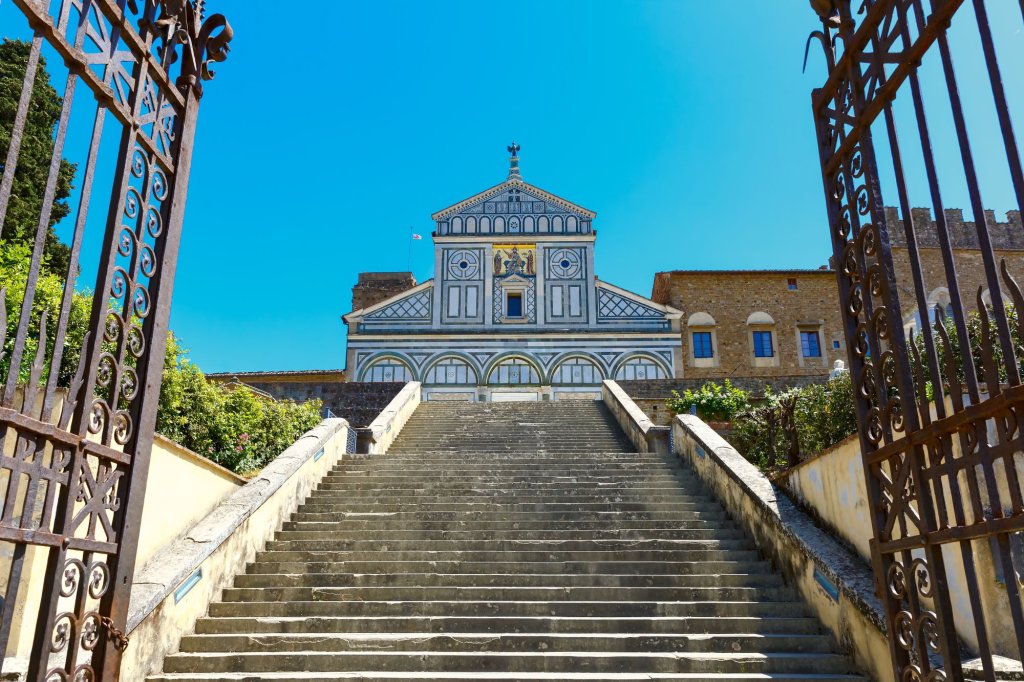
Originally built in 1250, the church was almost completely rebuilt in Baroque style in 1627. This made it one of the first Baroque churches. The church of Ognissanti is dedicated to all known and unknown saints, hence “ogni santi”. It became known as the parish church of the Vespucci family, whose most famous son Amerigo Vespucci is known as the namesake of America. He can be seen in the fresco Madonna della Misericordia by Ghirlandaio in the church.
As the name suggests, this beautiful church is situated on a hill. Although the façade can be seen all over Florence, few visitors take the time to see the original. But it is worth it. The façade of the church dates back to 1090 and was designed in the Romanesque style. Green, white and black marble alternate in stripes. Faded by the sunlight over the centuries, the contrast is no longer as strong as it once was, but the façade of this stunning romanesque church is still beautiful to look at. Not to mention the decorations inside: Byzantine-style mosaics, a marble mosaic with the animals and symbols of the zodiac and many other works of art and ornaments adorn the floor, choir and pulpit.
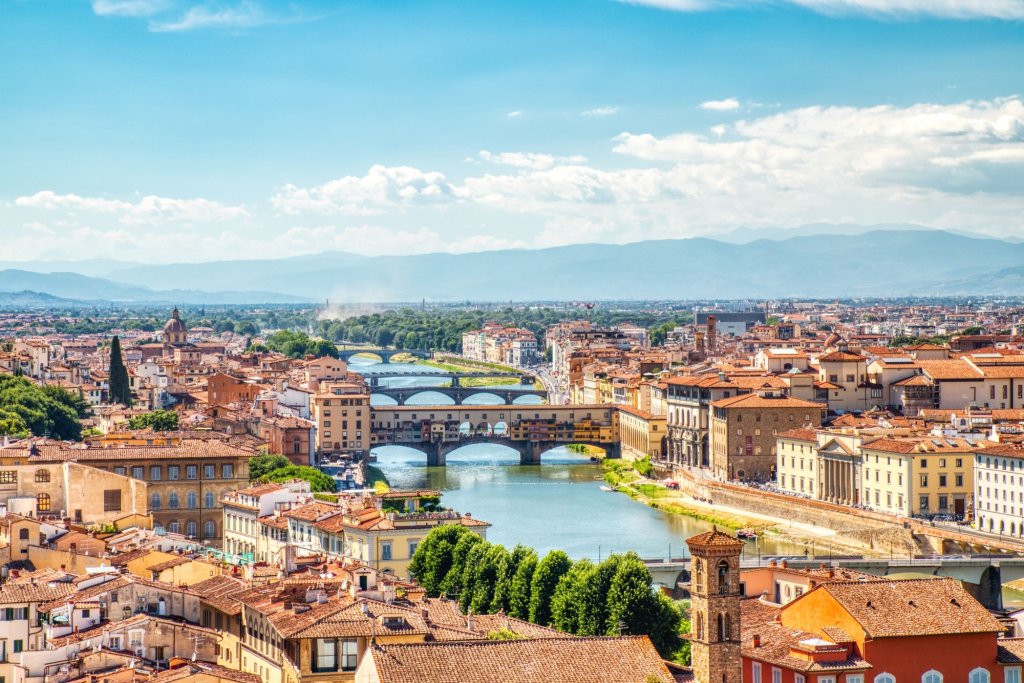
We are in Italy! Of course, life takes place in the streets and squares of the city. And some public places are sights in themselves. The famous Ponte Vecchio, for example. Stroll through the city’s alleyways and the historic centre, and linger in the most beautiful places and just people watch. You’ll get a free taste of the Italian way of life. And the visit, of course, is totally free.
Not a square in the sense of “marketplace”, but one of the most famous places in the city: the bridge over the Arno river, which is completely lined with small shops. The first users of the shops used the river as an opportunity to simply throw their rubbish “overboard”. Not everyone liked this, and Duke Fernandino ordered the relocation of the tanners, blacksmiths and butchers. Jewellers and blacksmiths settled on the Ponte Vecchio instead – not only could they pay higher rents, they also spread far less stench.
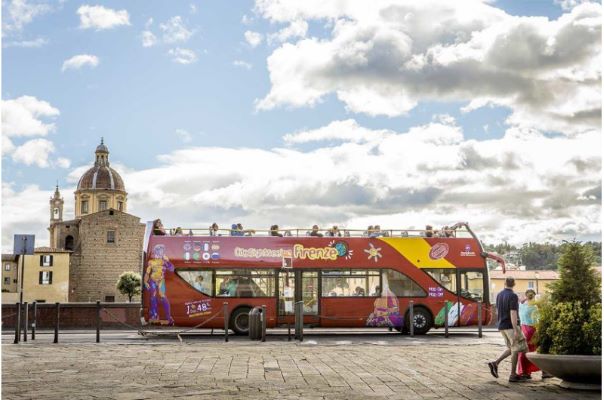
In addition to the Basilica of Santa Croce, there is much more to see in the piazza. For example, the Palazzo Cocchi-Serristori opposite, built by order of Lorenzo di Medici and a true Renaissance palace. Today, the regional council of Florence sits here. On the south side of the square we find another palace: the Palazzo dell’Antella. This dates back to the 17th century and is particularly striking due to the frescoes on the façade.
From this Piazza you have spectacular views over the city. Situated on a hill, the square offers a unique panoramic view of Florence and the surrounding area.
There are reproductions of famous statues and sculptures here. The climb up to the square is a challenge – but along the way you will find places that are worth a break, such as the Giardino delle Rose rose garden. Here, in a green oasis in the city, you can take a deep breath and enjoy a drink. And at the top of the piazza, there is a restaurant where you can recharge your batteries.
And if you don’t want to walk: The hop-on hop-off bus also stops up here. But while you’re up here, why not visit the church of San Miniato al Monte?
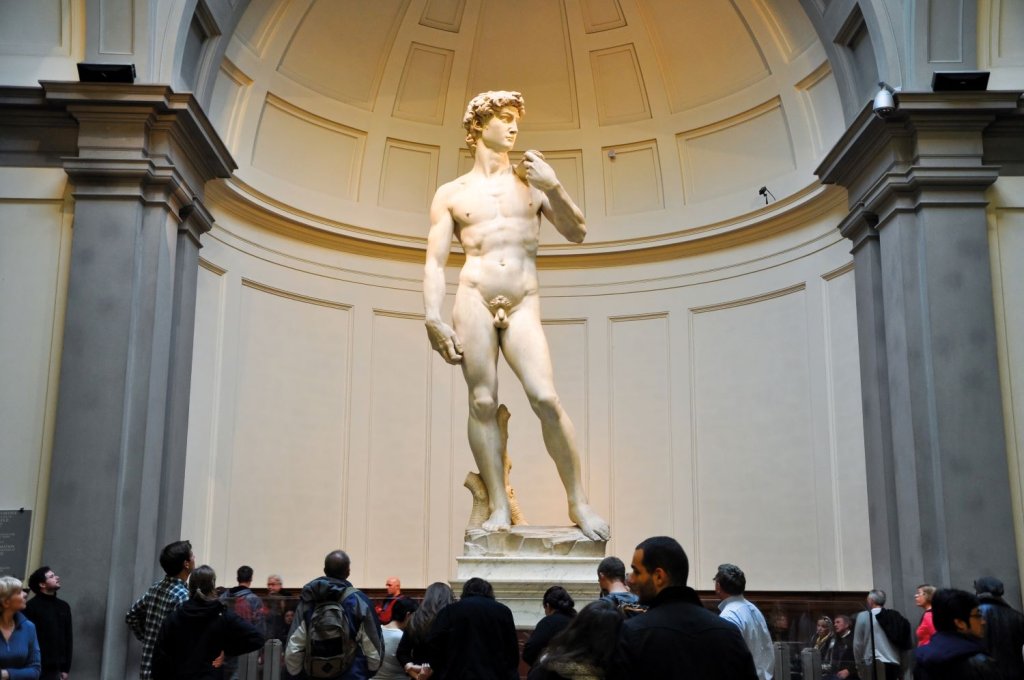
In one of Florence’s oldest neighbourhoods lies one of the city’s most famous and popular squares. The triumphal arch for Vittorio Emanuele is a reminder of the city’s glorious past, a nostalgic carousel adds to the atmosphere and the Colonna dell’Abbondanza virtually marks the centre of the city.
Piazza della Signoria is one of the most famous squares in Florence. Here you will find Palazzo Vecchio with a copy of Michelangelo’s David – in case you can’t make it to the original in the Galleria dell’Accademia – and the Loggia with famous statues, including the sculpture of Perseus with the head of Medusa.
Curious fact: the Neptune Fountain in the square and the equestrian statue both show the likeness of one of the city’s most important historical residents, Cosimo de Medici. This is historically the heart of the city, and even today the square is lively and bustling.
The piazza in front of the cathedral is, unsurprisingly, the most visited square in Florence. It’s very crowded here during the day – but take a look in the evening! When most of the tourists have already left, you have a completely different view of the cathedral and the whole square. Everything is beautifully illuminated.
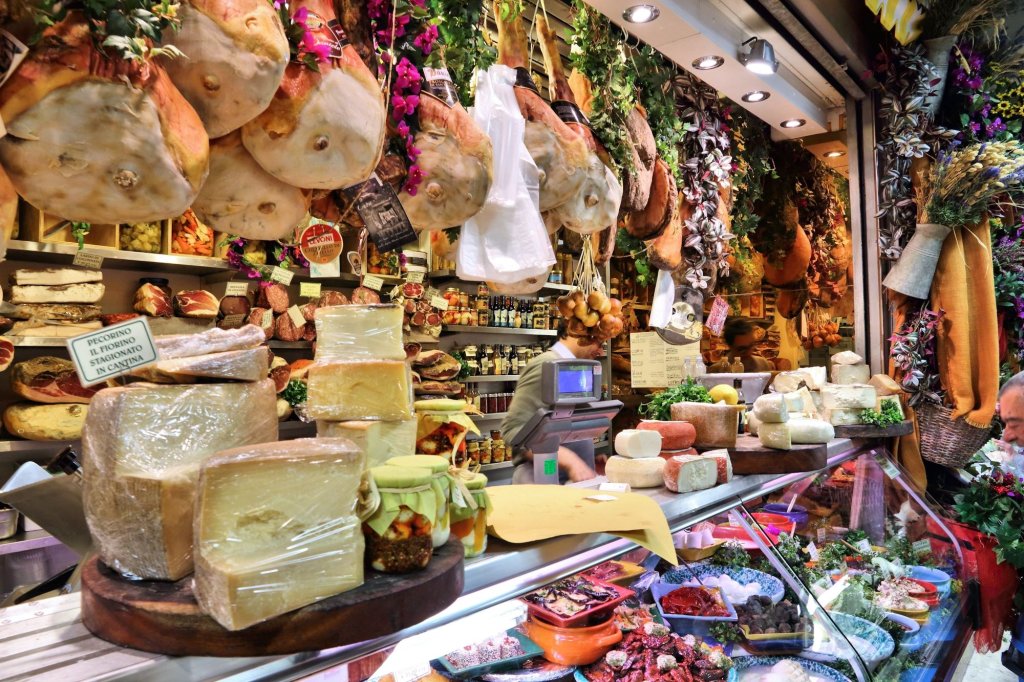
Some of the city’s most famous shopping streets are located in the direct neighbourhood of Piazza del Duomo, more precisely between Piazza del Duomo and Piazza della Signoria. Here you can take a wonderful stroll and enjoy a view into the local life. Visit Via dei Calzaioli, Via Roma and Via del Servi, for example.
If you want to buy food for any reason, the Mercato Centrale is the right place for you. If you don’t have any use for fresh meat, fresh produce, fruit, pasta, cheese or fish showcased on the ground floor, visit the Food Hall on the first floor. Here you can get freshly cooked Tuscan specialities. The food court is open every day from 10 a.m. to midnight. There are also cosy wine bars nearby – perfect for relaxing in between meals.
The building itself is also worth seeing: built in 1874 from cast iron and glass, it initially served as a trading centre for precisely these building materials such as metal, glass and cast iron.
The San Lorenzo market stretches from Piazza San Lorenzo to Via dell’Ariento around the Basilica of San Lorenzo and in the immediate vicinity of the Mercato Centrale. At this outdoor market, traders of all kinds of goods, from food and clothing to leather goods and gifts, are lined up close together.
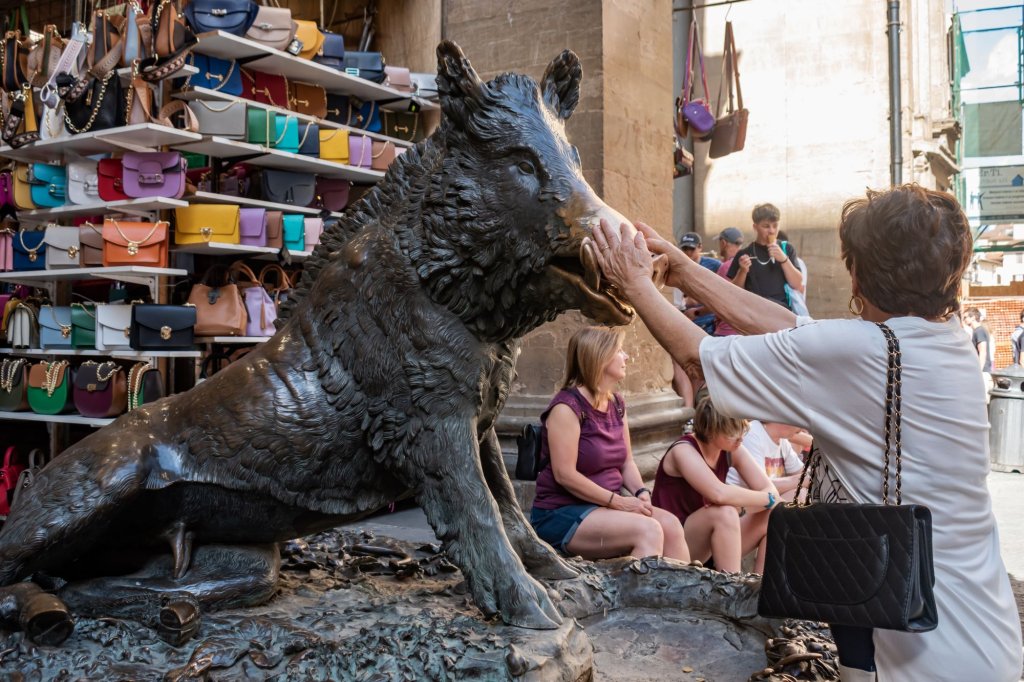
Near the church of the same name is the Mercato di Sant’Ambrogio, which is organised in much the same way as its big brother, the Mercato Centrale, but is much less crowded. In addition to numerous food vendors, there are sellers of all kinds of goods.
In the heart of Florence, at the intersection of Via Porta Rossa and Via Calimala, is the loggia of the Mercato Nuovo, where the Mercato del Pocellino takes place every day. Cosimo I Medici had the Mercato Nuovo built in 1547 to make it the seat of the market for valuable textiles and jewellery – making it one of the oldest markets in the world. You can still buy leather goods, house linens, accessories and souvenirs here today. The Porcellino market takes its name from a fountain near the loggia, which depicts a wild boar that the Florentines call Porcellino.
The Fontana del Porcellino is based on a legend in which a young man would remain a wild boar forever if his true love shared his secret with the world. Every year, hundreds of visitors touch the wild boar’s snout or kiss it in the hope that they will then return to Florence.
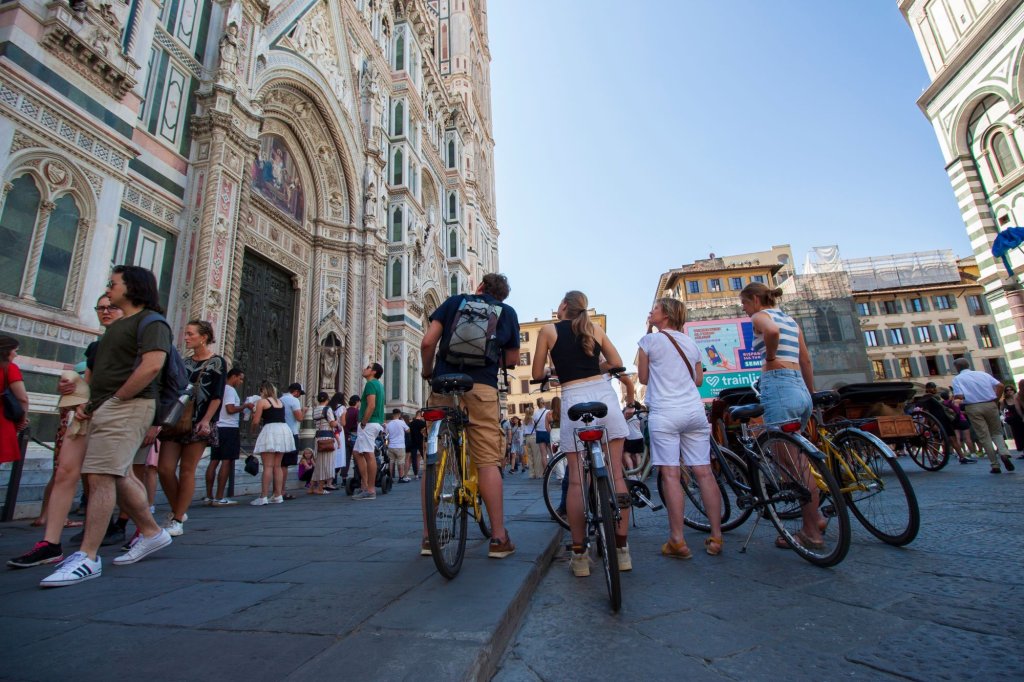
As with any city, it’s worth taking a little time to explore Florence. This is the only way to experience the city’s lifestyle and concentrate fully on your discoveries. In Florence, however, you can help yourself with a trick if you don’t have much time: hire a bike. You’ll get from one point to another much faster, and Florence is simply the ideal size for exploring everything by bike. It’s not free, but it’s a great way to see a lot in a short space of time. In half a day, you can visit numerous sights, and on a guided tour you will also hear many interesting stories about Florence’s past. A real recommendation!